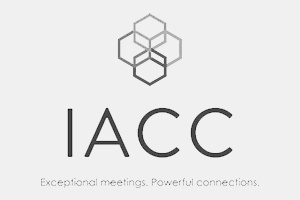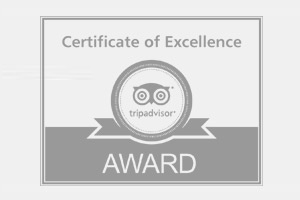Will Woodward (Change & Organisational Development Consultant) facilitated at our Learning & Development Thought Leaders' Conference in May. Below he shares an interesting article about how best to use structure for more creative meetings:
Historically I’ve been an innovation consultant, business coach and a trainer, but these days I’m primarily a facilitator. For me that means that I help people work together to reach their outcomes either more effectively, or more efficiently.
Sometimes that's about just speeding up meetings, but more often it’s about getting people focused on delivering what’s really important from their interaction. Actually achieving what they need to get done!
Why use Structure for Creative Meetings
One thing that goes wrong with creative meetings is the same thing that's wrong with lots of other types of meetings, that is; trying to do too many different things and doing them all at once with all the different people you need to contribute.
Actually it would be so much more helpful if you could pick one thing to do at a time, have just the right people in the room to do it, know precisely what the outcome is you're trying to reach is and have a route to get there.
A defined structure for the conversation means that everybody knows what's meant to be happening at any given moment and how they can best contribute. The structure is made up of the path we'll take and the traffic regulations we'll observe along the way.
What Would an Example Look Like
For a conversation where the outcome is to have generated a diverse array of original ideas to solve a problem, the path might sound like this:
- Clarity on the problem
- Share and build on ideas
- Decide which ideas to research
1) Gain clarity on the problem and how wide our scope is to solve it
What is known about the problem, how it comes about, why it occurs and what the impacts are. If the problem could be split into more than one problem, then do, and work on them separately. Traffic regulations in this section are:
- No ideas yet
- No assumptions
- Challenge commonly held beliefs
2) Share and build on ideas - the main part so more direction here
Any sized group is better at building original ideas when they are 100% focused on only that. This means choosing not to care whether the ideas are going to turn out to be useful! To truly pay no attention to whether the ideas would really add value is a big ask, so the traffic regulations here are harder and everybody has to commit to them:
1. The facts don't matter (yet)
Questions about whether something could technically work have to be ignored. Concerns about the risks associated with an idea must be suppressed. We've even got to try and rein in our gut feeling reactions whether positive or negative.
2. Let's build together
Rather than one person owning an idea because they started talking about it first, we all need to commit to contributing to each new thought. The challenge everyone needs to accept is to make the effort to fully understand each new thought, so that we can each add richness to the idea.
3. Ideas don't need to compete
The statement "I've got a better idea..." assumes that all of the possible value is well understood of both the idea already being shared and the new one that the speaker wants to introduce. When we're working in a "fact free" environment this just isn't possible! The solution is for everyone to keep a note of additional ideas as they occur. The group can then come to them in turn after the current one is done.
4. Capture everything
This is harder than it sounds. Every single new concept needs to get its own moment in the spotlight and chance to be built upon. Creative conversations tend to segue from one thought to another very naturally, but the risk of this is that we accidentally filter out anything too unusual and leave it behind as we dart off in search of something more "reasonable".
3) Decide what to research
Ok now we can start caring about facts again! Before trying to judge which ideas have merit, it's likely that there are some things we don't know or are not sure of which could do with looking into before we go any further. List these as actions.
Traffic regulations here are:
- If there is disagreement on what is known, don't argue, just capture an action to research
- Don't try to select ideas before you've done the research
- You don't need a separate list for each idea, just one list of what we need to know to progress
What About After You’ve Had That Session?
Judging ideas, selecting them and prioritising is another path entirely which is best followed when the answers are available to your outstanding questions from the third section. Of course, one type of research you can do is to get feedback on your ideas from colleagues or other stakeholders
So Is That What You’d Recommend For Every Creative Session?
This is one path, not the only correct one, but my message is that the structure is your friend. By all means take a different route, but be clear about what it is before you set off and make sure everyone knows the rules of the road.
Will Woodward is the founder of No More Rhubarb and operates as facilitator to organisational development and change programmes as well as coaching for business growth and innovation.






